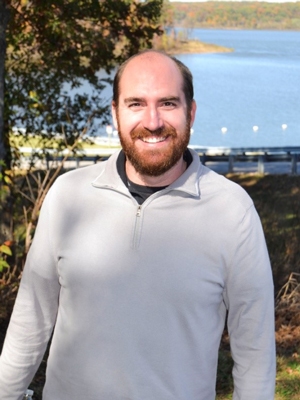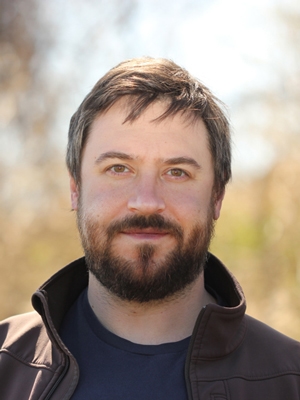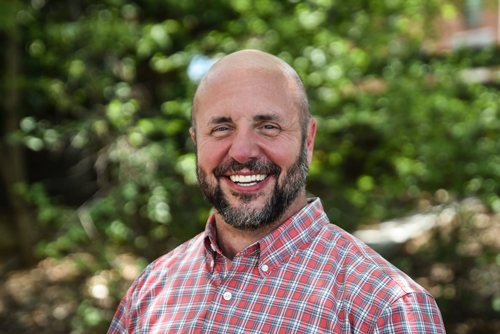In Episode 2 we had a high energy roundtable with the EWN Practice Leads who play a critical role in broadening and expanding the application of Engineering With Nature practices and nature-based solutions within the Army Corps of Engineers. In Episode 3, the EWN Practice Leads return to talk about how they’re solving challenges, advancing EWN implementation through the EWN Implementation Cadre, and sharing what they are learning with other practitioners.
Host Sarah Thorne and Jeff King, Deputy Lead of the Engineering With Nature Program at the US Army Corps of Engineers (USACE), are joined again by a roundtable of the EWN Practice Leads. Elizabeth Godsey is the Technical Lead for Coastal Engineering and Regional Sediment Management with Mobile District; Danielle Szimanski was a Project Manager and Ecologist with Baltimore District; Eddie Brauer is a Senior Hydraulic Engineer with St. Louis District; and Dave Crane is an Environmental Resource Specialist with Omaha District. We asked each to talk about their current projects.
Danielle, a former Coastal Practice Lead, describes her work in the Chesapeake Bay where rising sea level is already occurring and is expected to increase. She and her team are restoring barrier islands and marshes to combat the loss of habitat and for flood risk management of inland areas. “Being able to restore these marshes, especially if they’re degraded and fragmented, and being able to stave off that future loss and stop them from turning into open water is critical for the Chesapeake Bay.” Danielle also discusses work underway at Deal Island: “The Deal Island project is a maintenance dredging project on the Wacomico River. We’re going to use the dredge material to restore approximately 70 acres of degraded and fragmented marsh. This will restore that wetland for migratory birds, and provide nesting habitat specifically for the Saltmarsh Sparrow, which is a threatened species.” She adds, “there’s been a lot of work with other federal, state and non-government agencies to create this design and complete pre- and post-monitoring to assess how these wetlands are actually going to provide habitat once they are created.”
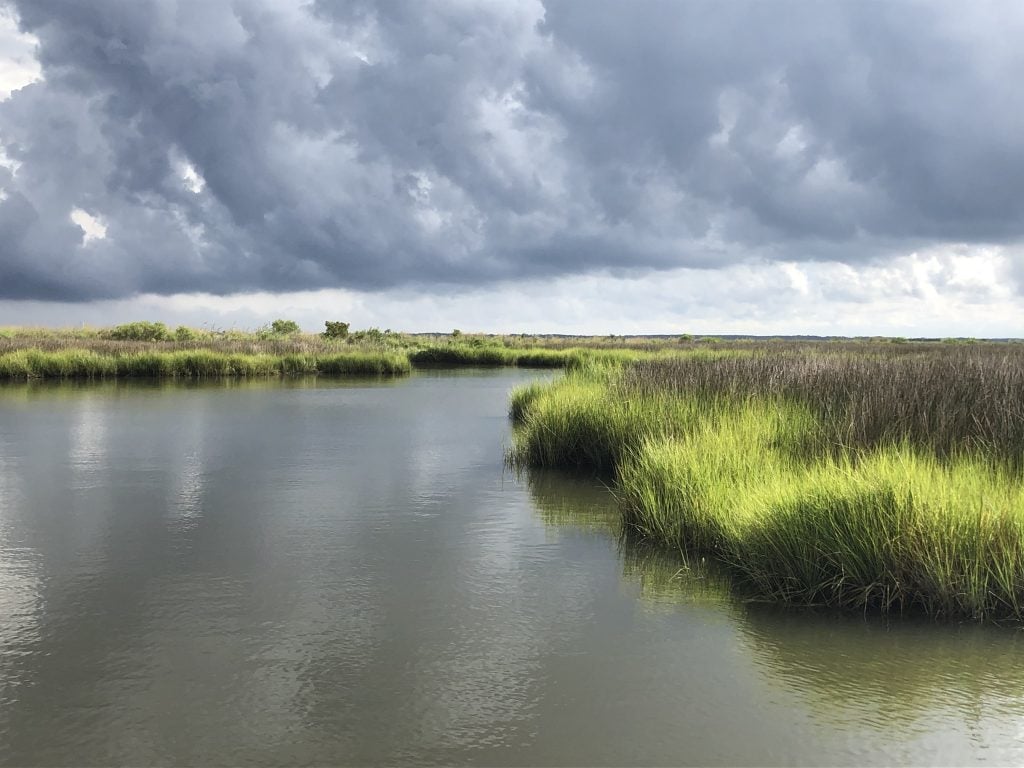
Elizabeth, also a Coastal Practice Lead, has worked on a number of coastal restoration projects in the Gulf to restore habitats for threatened and endangered species including sea turtles and piping plovers: “In Mississippi alone we’ve restored over 2,500 acres across the coastal zone habitats, including beach, dune, wetlands, and island restoration. That’s about 2000 football fields of restoration work in that state alone.” She’s taking that first-hand knowledge and experience and, as a Practice Lead, sharing leading practices and key learnings with others: “The biggest thing that we’re doing is our monitoring and adaptive management. It’s a long-term look at the project performance and the ecological benefits that come from the projects. We give that back to scientists, to universities, to people at the Engineer Research and Development Center (ERDC), and the US Geological Survey (USGS) so they can improve their modeling tools and reduce uncertainty in their predictions.” She also stresses the importance of combining multiple benefits to help achieve whatever the mission goal is, whether it is storm risk management, navigation and economic benefit, or ecosystem protection and restoration: “We’re able to integrate each of those benefits and provide that value-add to the nation. We’re getting that message out and showing people how to do that, and how you communicate the benefits of this approach to decision-makers.”
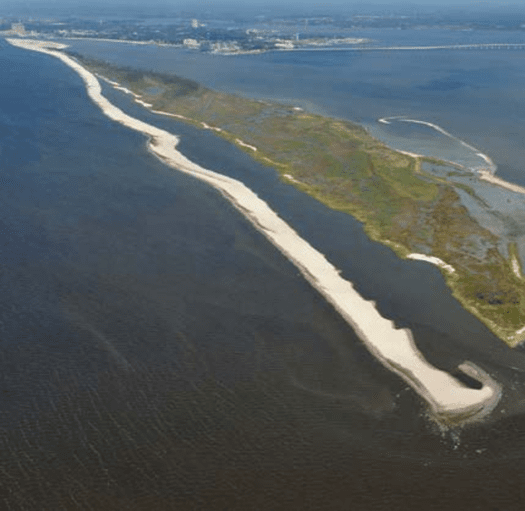
Turning to the Riverine Practice Leads, Eddie describes the importance of taking a holistic perspective of riverine systems. “There are so many people that have a day-to-day connection to the river beyond just the projects that the Corps is doing. It’s our responsibility to ensure that we account for everyone’s needs on all the projects that we construct. To do that, it’s critical to understand that each project is part of a broader system.” He goes on to describe a project that the Corps participated in on the Madeira River in Brazil, the largest tributary of the Amazon River and a critical navigation corridor for transporting goods and people. “It was extra critical for us to be to take a watershed approach, to understand the system before doing anything. We spent four years studying the system prior to making a single recommendation. Through this analysis, we understood that because of the geology of the river, we were able to manage it in smaller reaches instead of very large engineering projects, similar to what you’d see on the Missouri or the Mississippi Rivers. We were able to nudge the river through potentially temporary river training structures and spark natural geomorphic processes to accomplish our goals, as opposed to using a brute force engineering approach.”
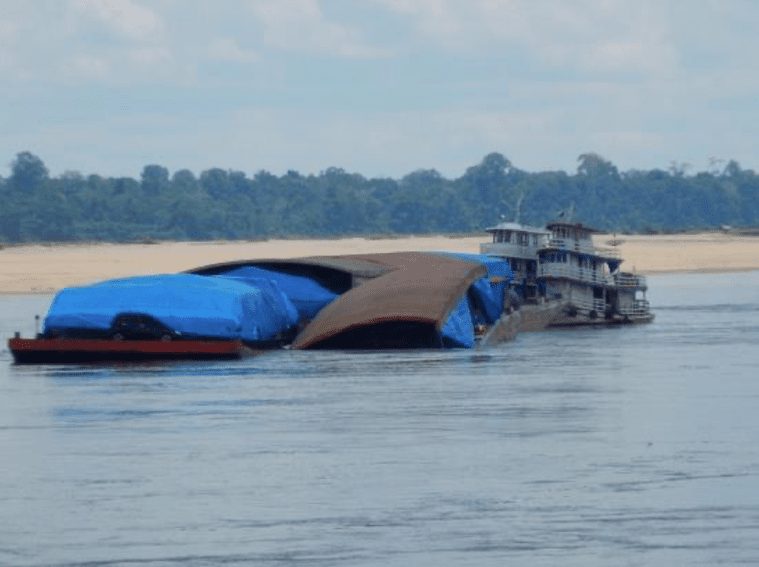
Dave is working on a project on a 12-mile stretch of the Platte River that runs through the city and county of Denver where the Corps had built dams in the past. By rethinking the approach and applying EWN principles, he and his team are achieving multiple benefits: “We’re doing things like completely removing or modifying drop structures in the river that allow for better fish passage and better in-channel habitat, while also helping to reduce sedimentation the channel. In some areas we’re able to pull back the riverbanks to allow more flood water conveyance capacity. Working within an urban area, that has a very direct and large connection to a much larger landscape, laterally and upstream and downstream.”
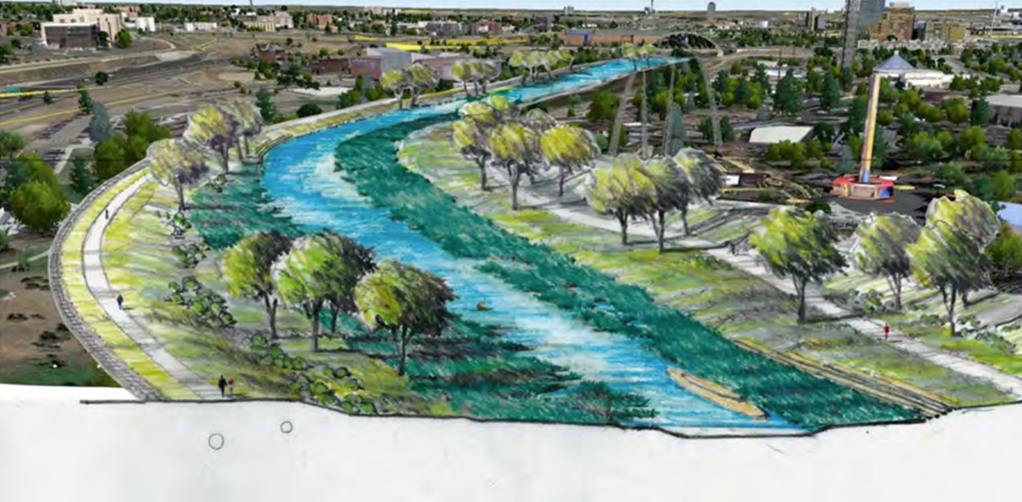
Working together, the four Practice Leads have learned from each other and developed shared priorities. As Elizabeth notes: “Connecting practitioners of different backgrounds like us with this overarching vision of Engineering With Nature was the thing that really made it easy for us to figure out our group’s strengths and differences; how we could come together and work, and also what those priorities needed to be, because we could find those common grounds across the landscape.”
One of their top priorities was expand the practice of EWN across the Corps. In 2021 the Practice Leads established the EWN Implementation Cadre. As Dave explains, “It’s an informal internal network of EWN and natural and nature-based features practitioners. We have a space where we connect and share experiences, knowledge, ideas, upload documents to a shared drive and have discussions online.” Danielle describes the process of sharing that goes on across the Cadre: “The key word that we were looking for, for the Cadre hub was ‘crowdsourcing’. Project managers from anywhere in the country that have become a member of this hub can pose a question to the entire group, the multiple hundreds of Cadre members.” As Eddie notes, in addition to leveraging resources and connections, the Cadre provides an opportunity to bring new ideas into the Corps.
According to Jeff, the Cadre as an unqualified success: “When the Cadre was launched, the Leads invited anyone within the Corps who was interested in learning more about the EWN Cadre to attend their opening webinar – 800 Corps employees participated in that first meeting! And the interest has continued. It’s just been incredible to see the number of people coming to this space, wanting to learn more about Engineering With Nature, offering their thoughts, and their questions. Creating this repository of information has become so valuable. It’s a special place and just a real testimony to the hard work that the Practice Leads are doing.”




